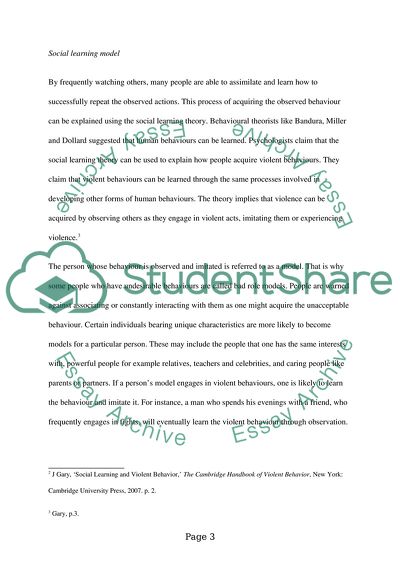Cite this document
(Psychological Models of Violence Essay Example | Topics and Well Written Essays - 1750 words, n.d.)
Psychological Models of Violence Essay Example | Topics and Well Written Essays - 1750 words. https://studentshare.org/psychology/1805782-forensic-psychology-report
Psychological Models of Violence Essay Example | Topics and Well Written Essays - 1750 words. https://studentshare.org/psychology/1805782-forensic-psychology-report
(Psychological Models of Violence Essay Example | Topics and Well Written Essays - 1750 Words)
Psychological Models of Violence Essay Example | Topics and Well Written Essays - 1750 Words. https://studentshare.org/psychology/1805782-forensic-psychology-report.
Psychological Models of Violence Essay Example | Topics and Well Written Essays - 1750 Words. https://studentshare.org/psychology/1805782-forensic-psychology-report.
“Psychological Models of Violence Essay Example | Topics and Well Written Essays - 1750 Words”. https://studentshare.org/psychology/1805782-forensic-psychology-report.


